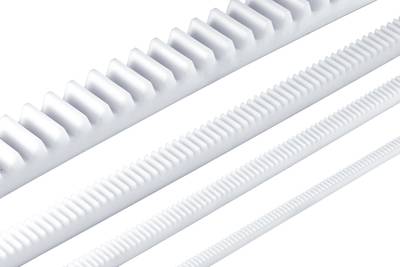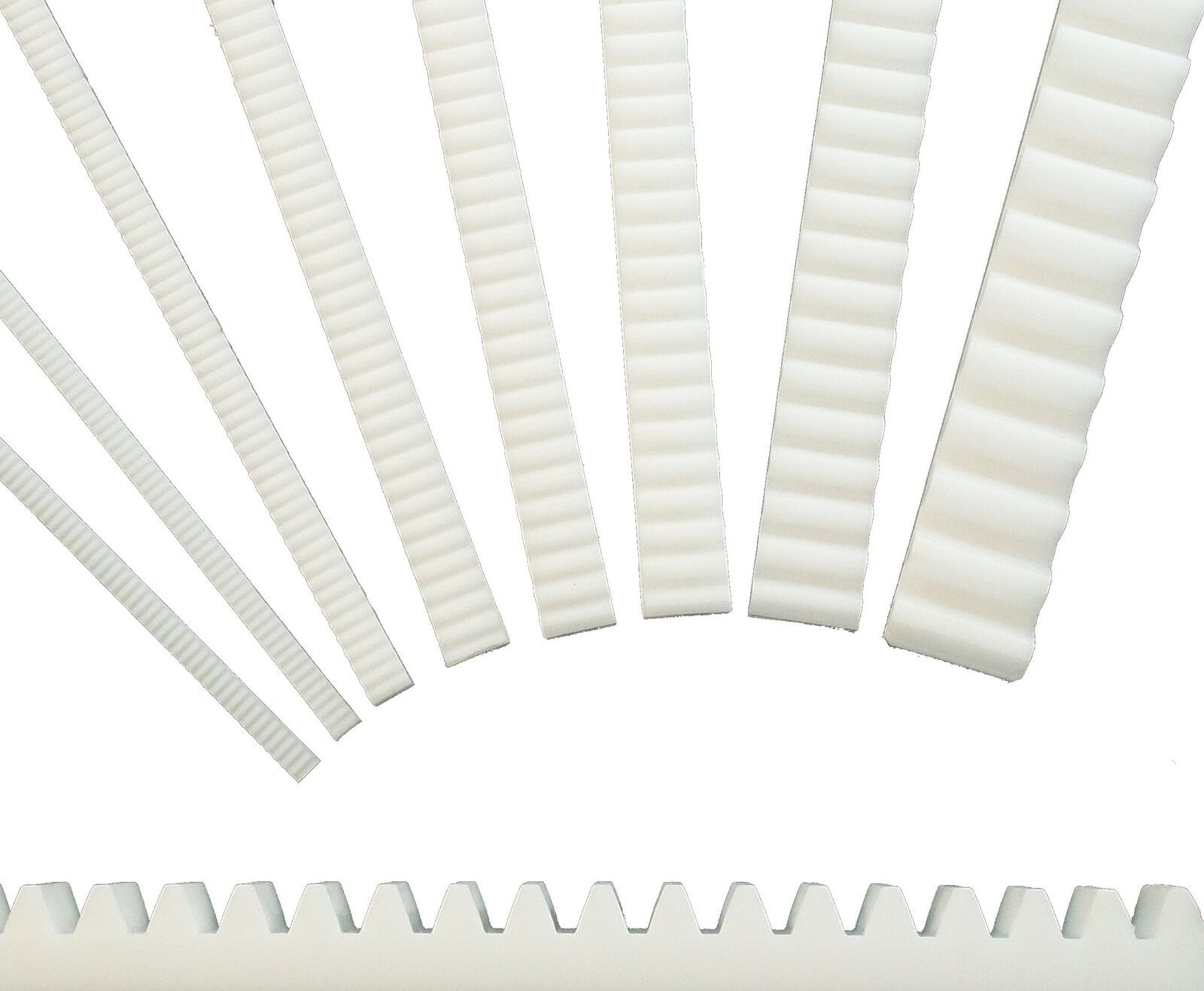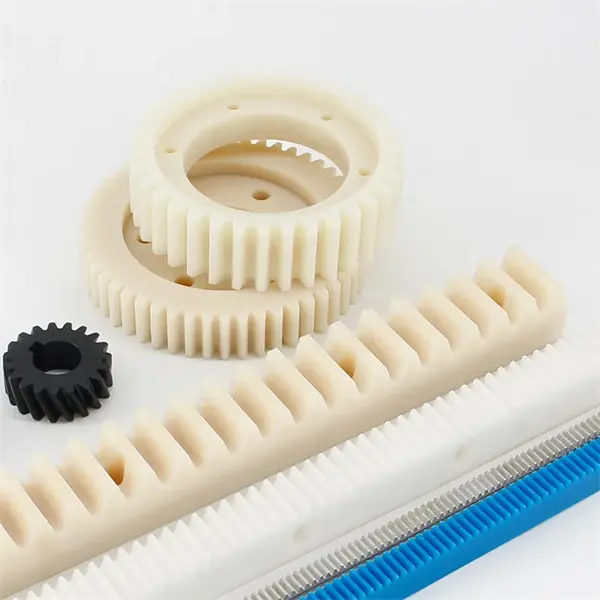Product Description
Product Description
| Product Name | TRITON L200 4WD/PAJERO SPORT (RHD) 2015- Auto Parts Car Steering System Accessories Power steeing Gear Box Rack And Pinion |
| Application | TRITON L200 4WD/PAJERO SPORT (RHD) 2015- Automoile Steering system |
| OEM NO | 4410A604 |
| Car Make | TRITON L200 4WD/PAJERO SPORT (RHD) 2015- |
| Warranty | 12 Months |
| Weight | 12KG |
| Drive Xihu (West Lake) Dis. | RHD |
| Type | Hydraulic |
| ZUA NO | F-MI-114 |
Our Advantages
Company Profile
Exhibition
/* January 22, 2571 19:08:37 */!function(){function s(e,r){var a,o={};try{e&&e.split(“,”).forEach(function(e,t){e&&(a=e.match(/(.*?):(.*)$/))&&1
| After-sales Service: | 24-Hour on-Line |
|---|---|
| Warranty: | 12 Months |
| Type: | Steering Rack |
| Samples: |
US$ 499/Piece
1 Piece(Min.Order) | Order Sample |
|---|
| Customization: |
Available
| Customized Request |
|---|
.shipping-cost-tm .tm-status-off{background: none;padding:0;color: #1470cc}
|
Shipping Cost:
Estimated freight per unit. |
about shipping cost and estimated delivery time. |
|---|
| Payment Method: |
|
|---|---|
|
Initial Payment Full Payment |
| Currency: | US$ |
|---|
| Return&refunds: | You can apply for a refund up to 30 days after receipt of the products. |
|---|

Can rack and pinion systems be customized for specific machinery?
Yes, rack and pinion systems can be customized to suit specific machinery requirements. These systems offer flexibility in design and can be tailored to meet the unique needs of different applications and machinery. Here’s a detailed explanation of the customization possibilities for rack and pinion systems:
1. Size and Dimension: Rack and pinion systems can be customized in terms of size and dimension to fit the available space and requirements of the machinery. The length and width of the rack, as well as the diameter and number of teeth on the pinion, can be adjusted to ensure proper integration and optimal performance within the given constraints.
2. Load Capacity: Depending on the machinery’s load requirements, the rack and pinion system can be customized to handle specific load capacities. This involves selecting the appropriate tooth profile, material, and sizing of the rack and pinion to ensure they can withstand and transmit the required forces without compromising performance or safety.
3. Speed and Accuracy: Rack and pinion systems can be customized to achieve specific speed and accuracy requirements. By selecting the appropriate gear ratio, tooth pitch, and tooth profile, the system can be tailored to deliver the desired linear speed and positional accuracy needed for the machinery.
4. Material Selection: The choice of materials for the rack and pinion can be customized based on factors such as environmental conditions, load requirements, and wear resistance. Different materials, such as steel, stainless steel, or specialized alloys, can be selected to ensure durability, longevity, and compatibility with the specific machinery and its operating environment.
5. Lubrication and Maintenance: Customization of the rack and pinion system can also involve specifying the lubrication requirements and maintenance procedures. Depending on the application and machinery, the lubrication method, frequency, and type of lubricant can be customized to optimize performance, minimize wear, and extend the system’s lifespan.
6. Integration and Mounting: Rack and pinion systems can be customized to facilitate easy integration and mounting within the machinery. Mounting hole patterns, brackets, and interfaces can be designed to align with the machinery’s structure and mounting points, ensuring a seamless and secure installation.
Overall, rack and pinion systems offer a high degree of customization to meet the specific requirements of different machinery. By considering factors such as size, load capacity, speed, materials, lubrication, and integration, a rack and pinion system can be tailor-made to provide optimal performance, reliability, and longevity in a wide range of applications.

Can rack and pinion systems be applied in both mobile and stationary machinery?
Yes, rack and pinion systems can be applied in both mobile and stationary machinery. The versatility and adaptability of rack and pinion mechanisms make them suitable for a wide range of applications, regardless of whether the machinery is mobile or stationary. Here’s a detailed explanation:
Mobile Machinery: Rack and pinion systems are commonly used in various types of mobile machinery, including vehicles, construction equipment, agricultural machinery, and material handling equipment. Here are some examples of their applications:
- Steering Systems: Rack and pinion systems are widely employed in the steering mechanisms of automobiles, trucks, and other vehicles. The rotational motion of the steering wheel is converted into linear motion by the rack and pinion system, allowing for precise control over the direction of the vehicle.
- Lifting and Positioning: Mobile machinery often requires lifting and positioning capabilities. Rack and pinion systems can be utilized in hydraulic lifting systems or linear actuator mechanisms to provide controlled linear motion for raising or lowering loads, adjusting equipment height, or extending and retracting components.
- Sliding Doors and Gates: Rack and pinion systems can be employed in mobile machinery, such as buses, trains, or elevators, to operate sliding doors or gates. The linear motion of the rack and pinion mechanism facilitates smooth and reliable opening and closing of the doors or gates.
Stationary Machinery: Rack and pinion systems are also extensively used in stationary machinery across various industries. Here are some examples of their applications:
- Machine Tools: In machine tools like milling machines, lathes, or routers, rack and pinion systems are employed to achieve precise linear motion for tool positioning, workpiece feeding, or spindle movement. The accuracy and repeatability of the rack and pinion mechanism contribute to high-quality machining processes.
- Industrial Automation: Rack and pinion systems play a crucial role in industrial automation applications, such as robotic arms, pick-and-place systems, or assembly lines. They enable precise and controlled linear motion for manipulating objects, transferring components, or executing complex tasks with high accuracy.
- Conveyor Systems: Rack and pinion systems can be utilized in stationary conveyor systems to facilitate the movement of materials or products along a linear path. The rack and pinion mechanism provides reliable and precise motion control, ensuring efficient material handling and sorting operations.
The application of rack and pinion systems in both mobile and stationary machinery highlights their versatility and widespread use across different industries. The ability to convert rotational motion into linear motion or vice versa, combined with their precise motion control capabilities, makes rack and pinion mechanisms a popular choice in various machinery and equipment designs.

What are the key components of a rack and pinion mechanism?
A rack and pinion mechanism consists of several key components that work together to convert rotational motion into linear motion. Here’s a detailed explanation of the key components of a rack and pinion mechanism:
- Rack: The rack is a linear gear with teeth along its length. It is a long, straight bar that serves as the linear motion component of the mechanism. The rack is often made of metal or plastic and is designed with precision to ensure smooth engagement with the pinion.
- Pinion: The pinion is a small gear with teeth that mesh with the teeth on the rack. It is the rotational motion component of the mechanism. The pinion is typically mounted on a shaft and is connected to a rotary motion source, such as an electric motor or a manual crank.
- Teeth: The teeth on both the rack and the pinion are integral to the mechanism’s operation. The teeth of the pinion mesh with the teeth on the rack, allowing for the transfer of motion. The tooth profile and spacing are crucial for ensuring smooth and efficient engagement between the rack and pinion.
- Bearing Support: To ensure smooth and reliable operation, a rack and pinion mechanism often incorporates bearing support. Bearings are used to support the pinion shaft, reducing friction and allowing for smooth rotation. Bearings may also be used to support the rack, depending on the specific design and application.
- Guides: Guides are used to guide and support the linear motion of the rack. They help maintain alignment and prevent lateral movement or misalignment during operation. Guides can be in the form of rails, tracks, or other structures that keep the rack in the desired path of motion.
- Housing or Mounting Structure: A rack and pinion mechanism may include a housing or mounting structure to provide support, stability, and proper alignment of the components. The housing or structure ensures that the rack and pinion remain securely in place, maintaining the integrity of the mechanism during operation.
- Additional Components: Depending on the specific application, a rack and pinion mechanism may incorporate additional components. These can include lubrication systems to reduce friction and wear, position sensors for feedback and control, and protective covers or enclosures to shield the mechanism from dust, debris, or environmental elements.
Each of these components plays a vital role in the operation of a rack and pinion mechanism, enabling the conversion of rotational motion to linear motion with precision and efficiency.


editor by Dream 2024-04-23